A chipped or discoloured front tooth can feel like a spotlight you never asked for—especially when you speak, laugh, or see yourself on a video call. Because appearance and function matter equally in that prominent position, many Calgarians turn to dental crowns in Calgary, AB to rebuild damaged enamel and regain confidence in one step. The next question that usually pops up is, can you get crowns on your front teeth without ending up with something bulky or obviously artificial? Thanks to advanced all-ceramic materials, front-tooth crowns have become just as predictable as repairs on back molars, and the final result can blend so seamlessly that even a trained eye might miss it.
Why Front Teeth Sometimes Need Crowns
Unlike molars that crush food, front teeth slice it—yet they are thinner and subject to sudden impacts from utensils, sports, or accidents. A porcelain veneer may hide superficial flaws, but deeper fractures, large fillings, and severe wear require full-coverage support. That is where crowns step in. By enveloping the remaining tooth, a crown redistributes bite forces along the root, prevents further cracking, and seals out bacteria. The approach is conservative compared with extraction and implant placement, keeping natural tissue alive whenever possible.
Material Advances Keep Smiles Natural
Older crowns contained a metal shell with a porcelain coating that could leave a gray line at the gum. Today, translucent lithium-disilicate and monolithic zirconia mimic enamel’s light-diffusing properties while resisting everyday chips. Digital shade-mapping matches neighboring teeth down to minor character lines, and CAD/CAM milling carves the restoration in one visit at many clinics. If you grind or clench, zirconia offers maximum durability; if lifelike translucency matters most, pressed ceramic provides uncanny realism. Your choice will balance cosmetic goals, bite strength, and budget.
How the Crown Procedure Unfolds
Diagnostic visit – Photos, X-rays, and a 3-D scan reveal the extent of damage and confirm that a crown, not a veneer or bonding, is the most predictable fix.
Tooth preparation – A fraction of a millimeter of enamel is shaped away to create space for ceramic. Local anesthetic eliminates discomfort, and the process is gentler on front teeth than people imagine.
Digital impression – A wand captures thousands of images per second, compiling a virtual model that guides milling. No messy putty trays are needed.
Temporary crown – An acrylic placeholder protects the tooth while the permanent crown is crafted. This period lets you “test-drive” the new length or shape before final cementation.
Placement day – The finished crown is tried in, minor tweaks perfect the bite, and a resin cement bonds it for good. Once the material is cured, you can eat normally within hours.
Care Tips That Protect a Front Tooth Crown
- Brush with a soft filament head and non-abrasive paste to avoid scratching the ceramic glaze.
- Floss daily—sliding out through the side rather than snapping upward—so margins stay plaque-free.
- Wear a night guard if you clench; even strong porcelain can crack under parafunctional force.
- Limit dark drinks in the first 48 hours after cementation because resin cements finish curing slowly and are most susceptible to stain then.
- Schedule check-ups twice a year with a trusted dentist in Calgary, AB, who can spot tiny chips before they widen.
Answers to Common Concerns
Does a crown feel different?
For a day or two, gums may be tender where the margin meets tissue, but the bite should feel natural. If your teeth touch unevenly, a quick adjustment solves it.
Will the color stay stable?
Porcelain and zirconia resist stains better than enamel. However, natural teeth can darken over time. Occasional whitening of the untreated teeth keeps the whole smile even.
What about insurance coverage?
Most benefit plans classify a front crown as a major restoration and cover 50 % after deductible. Policies differ, so request a predetermination before treatment starts.
How long will it last?
Research shows modern ceramics lasting 10–15 years or more with good hygiene. Longevity climbs when patients avoid nail-biting and use a protective guard during sports.
Conclusion
So, can you get crowns on your front teeth and still flash a genuine-looking grin? Absolutely—advances in ceramic science, digital design, and adhesive cement make front-tooth crowns both reliable and beautiful. By following simple care steps and partnering with a skilled team at Chinook Smiles Dental – Calgary, you can expect your restored tooth to function comfortably and blend seamlessly with its neighbors for many years.








Leave A Comment